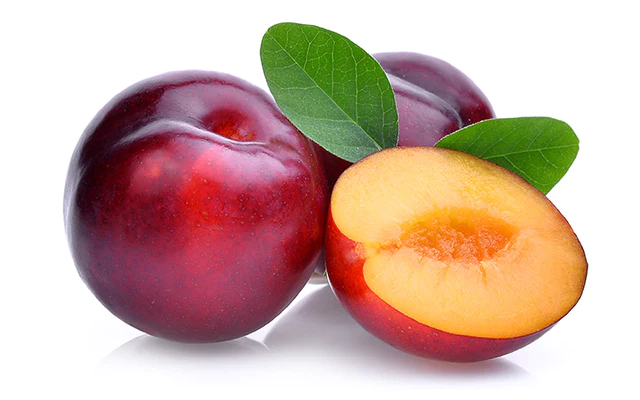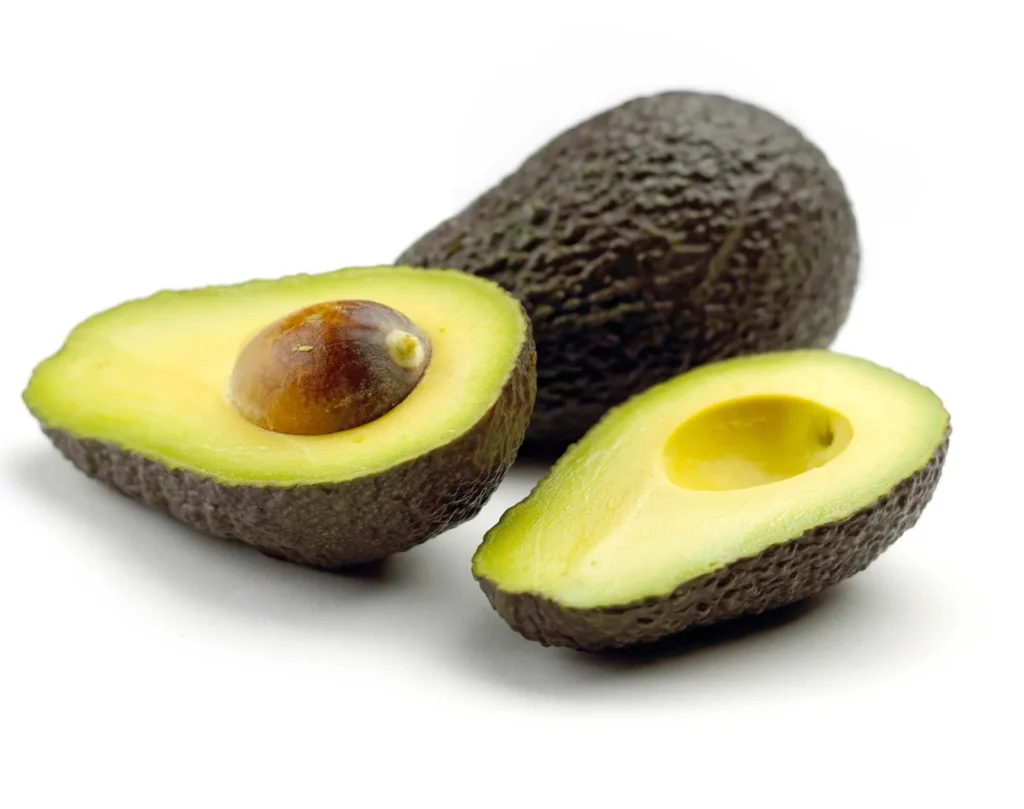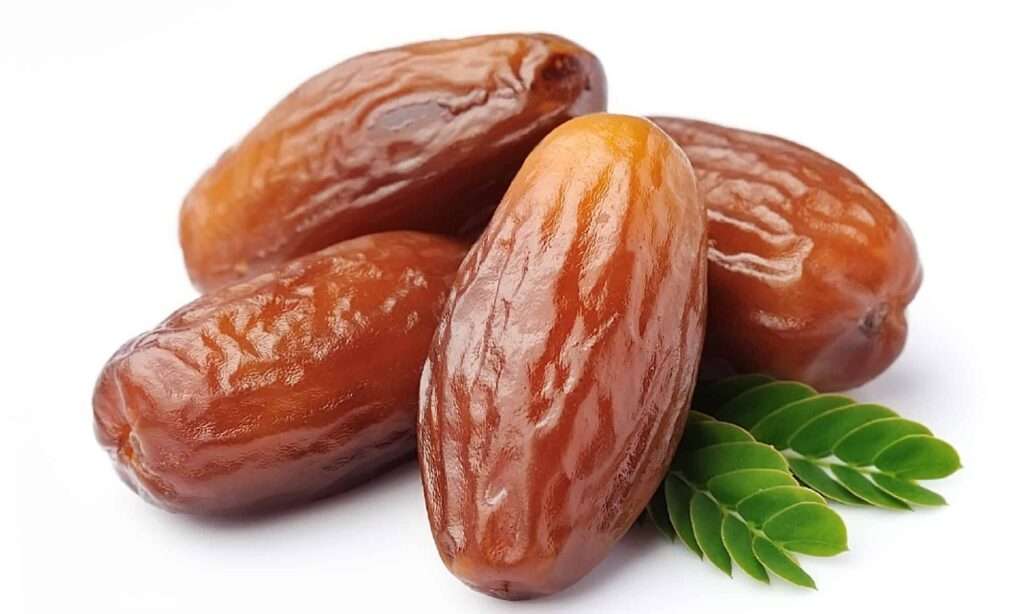
Description
The hypanthium, a hollow cup-like structure found in every flower, is rimmed with petals, sepals, and stamens and houses a single pistil. The hypanthium and its attachments detach after fertilization, allowing the ovary to grow into a drupe fruit. The inner portion of the fruit develops into the stone, or pit, which encloses the seed, while the fruit’s outside portion ripens into a fleshy, juicy exterior. The fruits come in a variety of shapes, sizes, flavors, colors, and textures.
Varieties
The six kinds of plums are Japanese, Ornamental, American, Wild, Damson, and European. There are about 2,000 different varieties of plums, each with a unique range of forms and colors. The most popular and readily available fresh eating plum is the Japanese kind.

Uses
Plums, which are related to cherries, peaches, and other dessert fruits, are frequently consumed raw as a dessert fruit, cooked as compote or jam, or baked in a variety of pastries.
Nutrition
The composition of raw plums is 11% carbohydrates, 1% protein, 87% water, and 1% fat. A 100 g meal of raw plums contains 192 kJ of dietary energy and only a small amount of vitamin C; no other micronutrients are present in significant amounts.
Cultivation
Plum trees provide their greatest fruit in full light and a warm, protected environment. They are among the first fruits to bloom, and while the trees are tough, frost can easily damage the blooming. Therefore, avoid planting in areas where there are frequent heavy frosts or strong winds, as these conditions might harm the blossom and scare off pollinators.
Table





